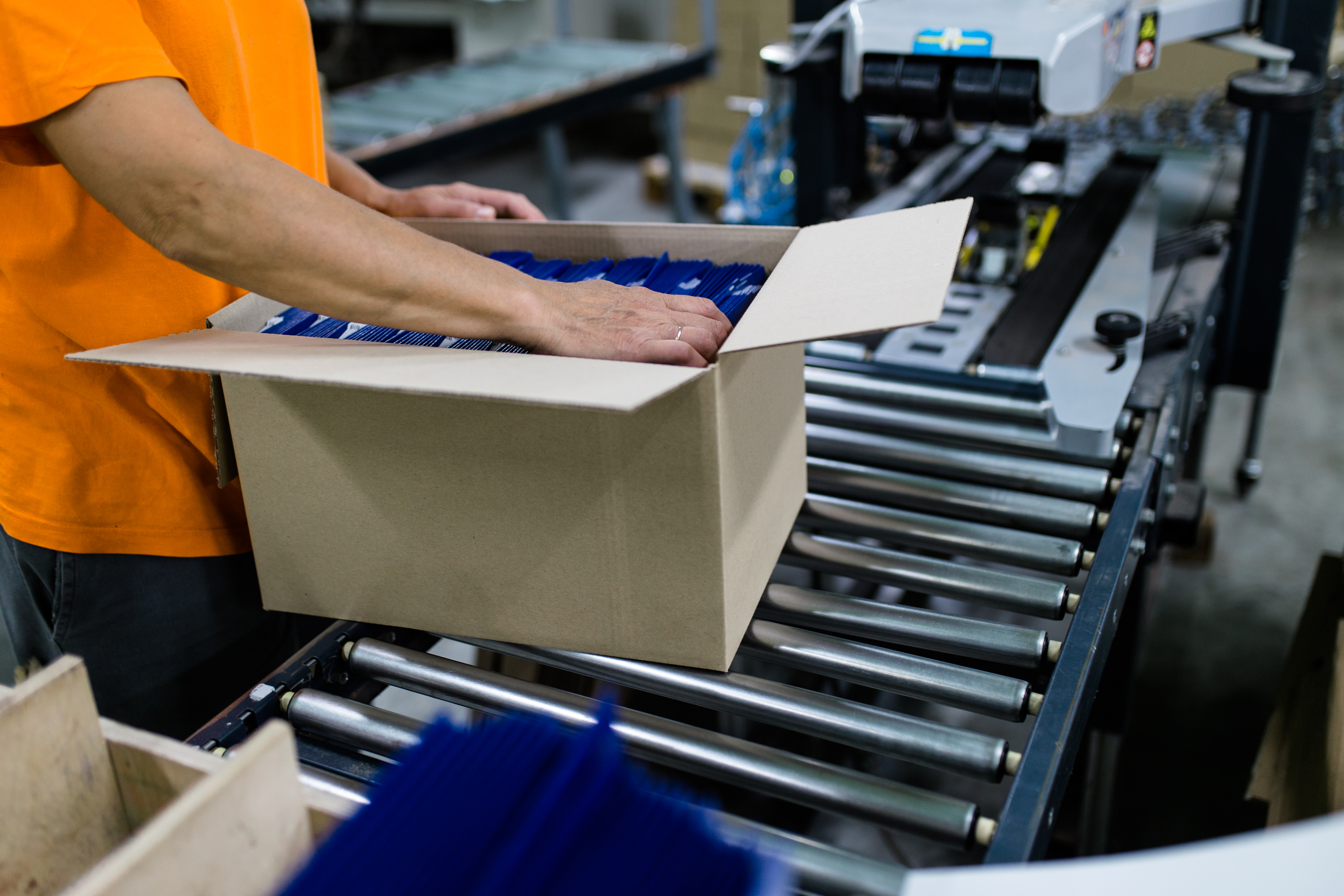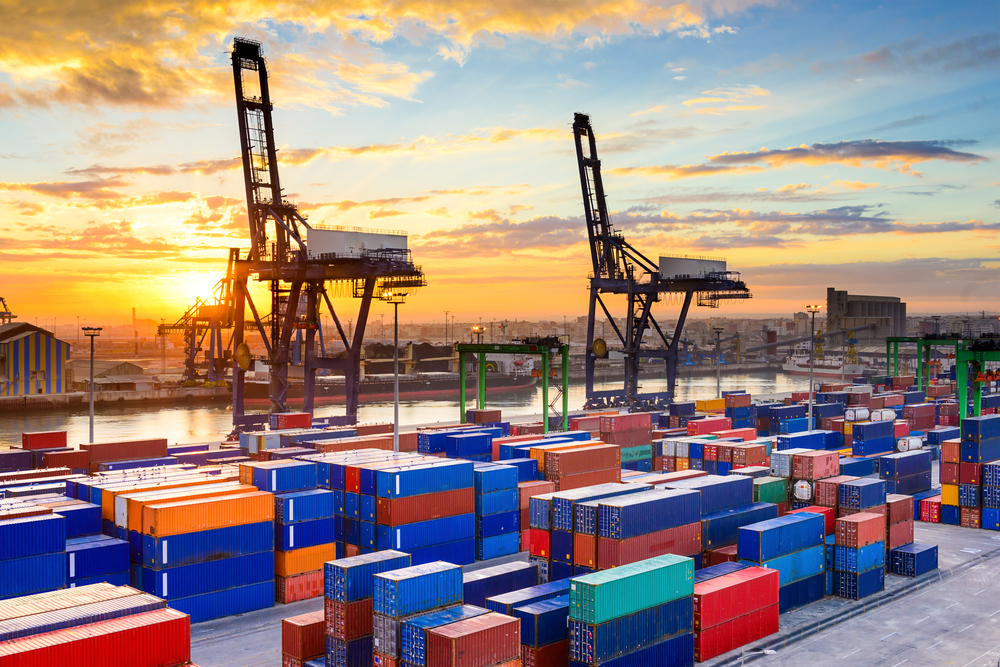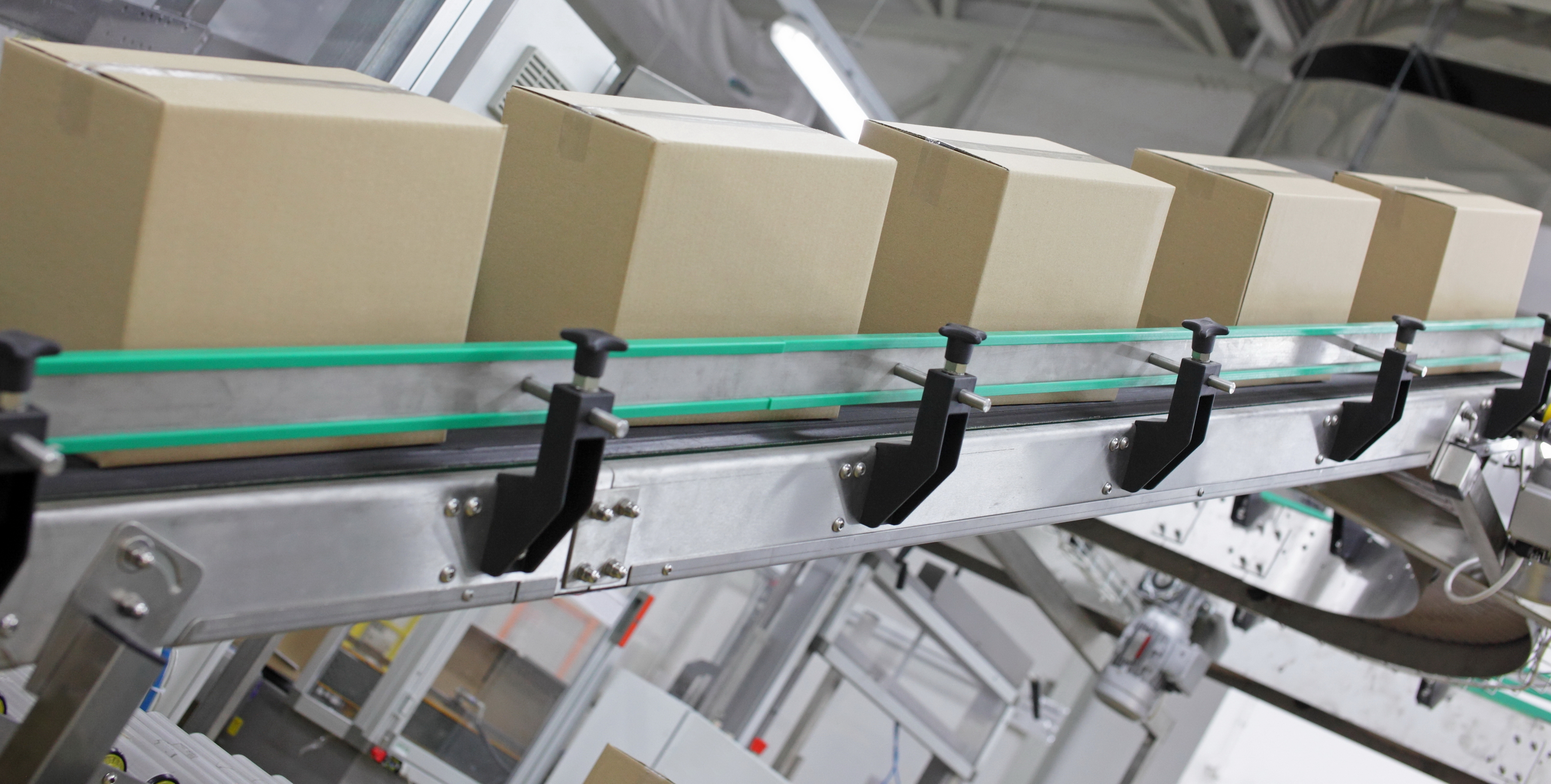What is a Life Cycle Assessment?
When approached strategically, packaging can transcend its traditional role as a cost center to become a lever for operational efficiency, sustainability leadership, and even profitability. Lifecycle assessments (LCAs) provide a structured methodology for achieving this transformation. This guide details the phases of a packaging LCA, explores real-world examples, and explains why LCAs are increasingly critical given emerging regulations like PPWR, EUDR, CSRD, and CS3D.
A Lifecycle Assessment (LCA) is a systematic process used to evaluate the environmental impacts of a product, process, or service throughout its lifecycle. This "lifecycle" encompasses all stages, from raw material extraction (cradle) to disposal or recycling (grave—or ideally, cradle again in a circular economy).
The purpose of an LCA is to identify hotspots where environmental impacts are most significant and to guide decision-making for improving sustainability. LCAs are grounded in internationally recognized standards, particularly ISO 14040 and ISO 14044, which outline consistent methodologies for conducting assessments.
As companies face increasing pressure to address sustainability across their operations, LCAs are becoming indispensable tools for understanding and improving packaging impacts.
Why Life Cycle Assessments Are Becoming Essential
The importance of lifecycle assessments is rapidly growing, driven in part by new regulations and standards that demand increased accountability from companies. In the European Union, the Packaging and Packaging Waste Regulation (PPWR) sets ambitious recycled content targets and stricter waste reduction goals, while the EU Deforestation Regulation (EUDR) requires proof that materials like paper and wood are not contributing to deforestation.
Additionally, the Corporate Sustainability Reporting Directive (CSRD) mandates comprehensive disclosures of environmental and social impacts, including packaging, while the Corporate Sustainability Due Diligence Directive (CS3D) emphasizes responsible sourcing across supply chains. Together, these regulations signal a shift toward greater transparency and accountability, making LCAs not just beneficial but essential for businesses operating in global markets.
Proactively conducting LCAs positions companies to comply with these evolving standards while identifying opportunities for cost reduction, innovation, and enhanced customer loyalty. Businesses that fail to act risk falling behind their competitors and damaging their reputation in an increasingly sustainability-conscious marketplace.
Understanding the Four Phases of a Life Cycle Assessment
Lifecycle assessments are conducted in four key phases, each supported by foundational components that ensure a thorough and actionable analysis.
1. Setting goals and scope
The first phase establishes the purpose of the LCA and defines its boundaries. For packaging, this might include assessing the environmental impacts of corrugated boxes from material sourcing to end-of-life disposal. Central to this phase is defining the functional unit, which serves as the reference point for the entire assessment—such as “one unit of packaging required to deliver a product to a consumer.” Clear system boundaries are also critical, ensuring the analysis remains focused and relevant.
2. Conducting a life cycle inventory (LCI)
This phase involves collecting detailed data on materials, energy use, transportation emissions, and waste generation. For instance, an LCA of corrugated packaging might analyze the recycled content of cardboard, energy used during manufacturing, and emissions from shipping processes. Accurate data collection is a cornerstone of this phase, though it often poses challenges in supply chains with limited transparency.
3. Conducting a life cycle impact assessment (LCIA)
In the impact assessment phase, data is translated into measurable environmental effects such as carbon footprint, water usage, and resource depletion. This is where tools like SimaPro and GaBi come into play, enabling companies to evaluate environmental impacts systematically and consistently.
4. Interpreting results
The final phase focuses on analyzing results to identify actionable insights. For example, if the assessment reveals high emissions from virgin cardboard, switching to recycled content could significantly reduce the carbon footprint. Reporting results clearly and aligning them with organizational goals ensures the LCA drives meaningful change.
Navigating Challenges and Overcoming Limitations in LCAs
While lifecycle assessments are invaluable for identifying environmental hotspots and improving sustainability, they come with inherent challenges. Accessing reliable, high-quality data is one of the most significant obstacles. Companies often struggle to gather precise information on material inputs or energy use, especially when dealing with global supply chains involving multiple suppliers. Even when data is available, inconsistencies or gaps can undermine the validity of the results.
LCAs are resource-intensive, requiring specialized tools, expertise, and significant time investments. This can be a barrier for smaller organizations or those new to sustainability initiatives. Additionally, the complexity of supply chains adds another layer of difficulty, as a single packaging type may involve various suppliers with differing levels of transparency.
Assessments can also have limitations. While they focus on quantifiable impacts, such as carbon emissions and water usage, they often overlook qualitative factors like biodiversity loss or social impacts. Methodological variability can further complicate matters, as differing assumptions and system boundaries may lead to inconsistent results, making it difficult to compare studies or draw definitive conclusions.
Despite these challenges, organizations can take proactive steps to mitigate limitations and ensure their LCAs are effective. Collaborating with suppliers to enhance transparency, leveraging tools like SimaPro for automation, and starting with pilot projects to refine the process are all effective strategies. By recognizing these challenges and addressing them head-on, companies can maximize the value of their assessments.
From Barriers to Breakthroughs: Making LCAs Work
Practical solutions can transform the challenges of LCAs into opportunities. Supplier collaboration is one of the most impactful approaches, with many companies now requiring Environmental Product Declarations (EPDs) to streamline data collection. Digital tools like SimaPro and GaBi automate data gathering and analysis, reducing resource burdens while ensuring accuracy.
For organizations just beginning their LCA journey, starting with smaller, focused assessments—such as piloting an LCA for a specific type of packaging—can build confidence and establish best practices. Training internal teams to manage LCA processes not only reduces dependency on external consultants but also fosters a culture of sustainability and innovation.
Key Takeaways
Lifecycle assessments are no longer optional for organizations seeking to optimize packaging and stay ahead of regulatory changes. By following a structured methodology—defining goals and scope, conducting inventories, assessing impacts, and driving continuous improvement—companies can transform packaging from a cost center into a strategic asset.
Although challenges exist, solutions like supplier collaboration, digital tools, and incremental pilots make LCAs more accessible than ever. With mounting pressure from consumers and regulators, now is the time for businesses to embrace LCAs as a cornerstone of their packaging strategy.




